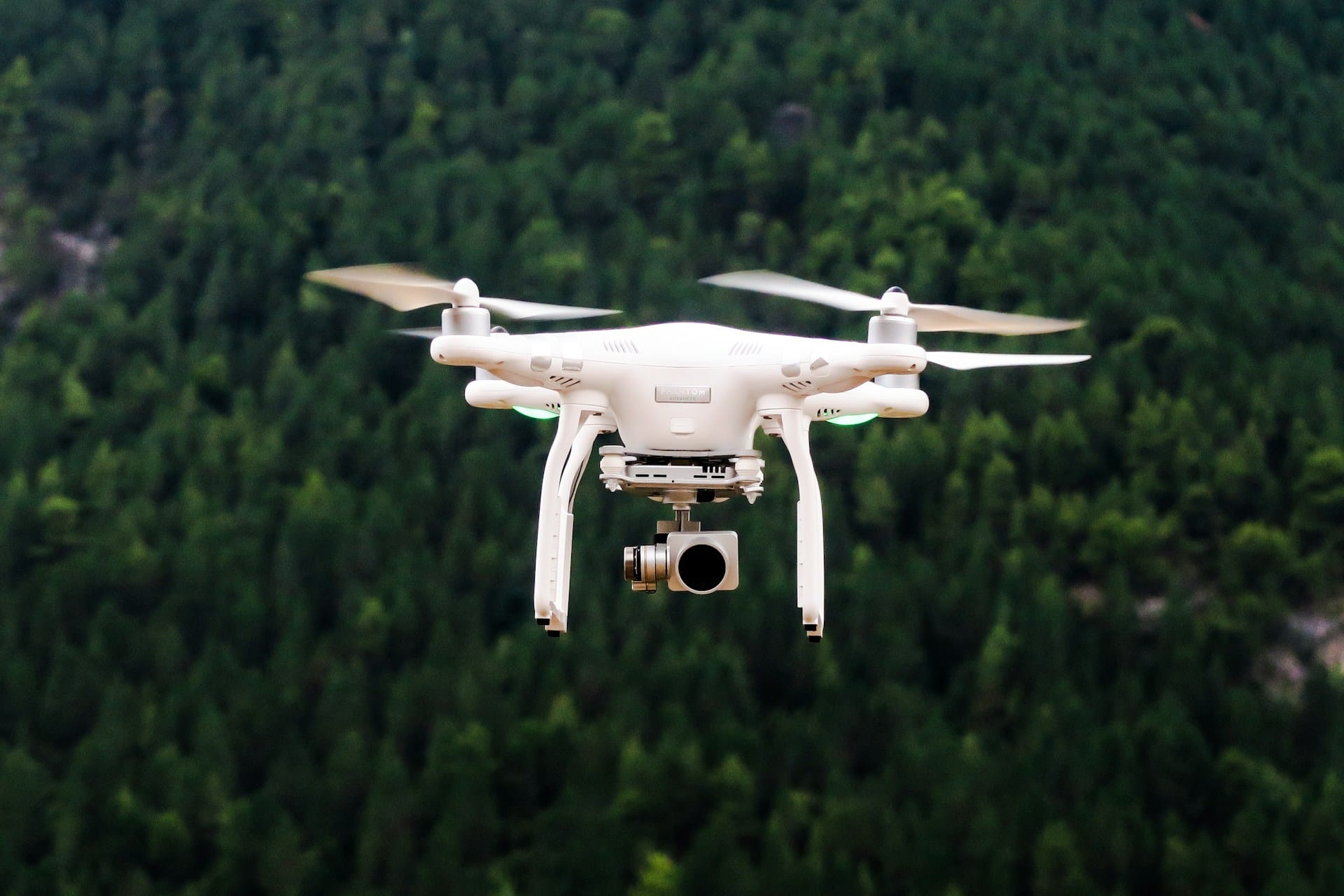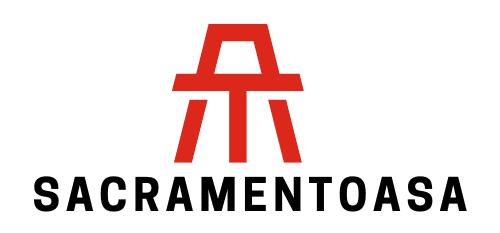What Are the Legal and Ethical Considerations of Drone Journalism in the UK?

In the rapidly advancing world of technology and media, drones have emerged as an instrumental tool in the field of journalism. These unmanned aerial devices allow for groundbreaking storytelling, offering a bird’s eye view of events that may otherwise be inaccessible to human journalists. However, the use of drone technology in journalism raises a host of legal and ethical questions. This article aims to delve deep into the considerations impacting drone journalism in the UK, including privacy laws, ethical dilemmas, and the balance between public interest and individual rights.
The Rise of Drone Journalism and Its Legal Implications
With their ability to fly over a wide range of terrains and capture high-resolution footage, drones have revolutionised the way news is reported and stories are told. Yet, this technological advancement isn’t without its potential pitfalls. As with any development in technology, the advent of drones in journalism has necessitated a rethinking of existing laws.
Lire également : What Are the New Developments in Non-Surgical Treatment for Sports Injuries in the UK?
In the UK, the use of drones is governed primarily by the Civil Aviation Authority (CAA). The CAA’s rules for drones, also known as Unmanned Aerial Vehicles (UAVs), stipulate that they must not endanger anyone or anything. This means that journalists using drones must maintain a certain distance from people, buildings, and congested areas. Additionally, the drone must always be within the direct sight of the operator.
Despite these guidelines, the law surrounding drone use in journalism is still a gray area. One contentious issue is where the airspace that drones occupy falls within property rights. The question of ‘how high is your sky?’ is yet to be definitively answered, making it a potential legal minefield for drone journalists.
A lire également : How to Design Interactive Art Installations Using Motion Sensors and LED Lights?
Navigating Ethical Dilemmas in Drone Journalism
As with any form of journalism, ethical considerations must be at the forefront of drone usage. The primary ethical concern around drone journalism centres on privacy. There is a very real fear that drones could be used to invade people’s privacy, especially when they are used to capture footage in residential areas or of private events.
Balancing the public’s right to know with individual privacy rights is a delicate act. While it is undeniably important for journalists to shed light on events of public interest, they must also respect the privacy of individuals. This becomes even more complex with drone journalism, as these devices can capture images and data from a distance, often without the subject’s knowledge.
Numerous international codes of ethics, including those from the Society of Professional Journalists and the National Union of Journalists, call for respect for privacy and the avoidance of harm. Yet, how these principles apply to drone journalism remains unclear. Journalism, after all, often involves capturing moments that are uncomfortable, and sometimes, private.
The Intersection of Data, Ethics, and Drone Journalism
The capacity of drones to collect and store data further complicates the ethical landscape. Drones equipped with cameras and other sensors can capture a wealth of data, some of which may not be directly relevant to the story being covered. This raises questions about the storage, use, and potential misuse of this data.
Data protection laws, such as the UK’s Data Protection Act 2018 and the EU’s General Data Protection Regulation (GDPR), have provisions that pertain to the collection and use of personal data. However, these were not written with drone technology in mind, which leaves room for interpretation and potential legal challenges.
Moreover, given the international reach of news, drone journalists also need to consider the laws and ethics of data protection and privacy in other jurisdictions. What might be acceptable under UK or EU law might not be so in other parts of the world.
The Future of Drone Journalism: Humanitarian Uses and Potential Pitfalls
Amid these legal and ethical complexities, drone journalism holds considerable promise, particularly in the humanitarian sector. Drones can reach disaster-stricken areas that are often inaccessible, providing essential information for relief efforts. They can also be used to document human rights abuses in conflict zones, providing a level of transparency that is often elusive.
However, as the use of drones in journalism continues to expand, it is essential to keep the dialogue about ethical and legal considerations alive. As technology races ahead, laws and ethical guidelines must strive to keep pace.
In this rapidly evolving field, journalists, technology companies like Google, universities, and regulatory bodies must collaborate to ensure that drone journalism serves its purpose of informing the public, without infracting on privacy rights or falling foul of the law. This ongoing conversation is vital to strike the right balance in the ever-changing landscape of drone journalism.
Ethical Concerns in Armed Drones and Commercial Drone Use in Journalism
The growing popularity of drone journalism has led to an increase in the use of unmanned aerial vehicles and commercial drones for news gathering. This development has not only raised legal questions but also ethical concerns that deserve equal attention.
The primary ethical concerns revolve around privacy, consent, and safety. While drones offer a unique perspective and access to areas that may otherwise be unreachable, it is important to remember that their usage can easily infringe upon individuals’ privacy. Using drones to capture footage of private property or people without their consent is not only legally questionable but morally problematic.
Another ethical consideration is the safety risk that drones pose. Unmanned aerial vehicles flown irresponsibly can cause accidents, leading to damage or even injury. Drone operators must, therefore, ensure they are trained and capable of controlling the drones safely.
These ethical dimensions are not clearly defined in existing journalism codes of ethics, making it crucial for universities, like the University of Nebraska Lincoln, and industry bodies like dronejournalism.org, to develop a dedicated code of ethics for drone journalism. This would help guide journalists in navigating the complex ethical landscape of this new form of journalism.
Law Enforcement, Human Rights, and the Role of Drone Journalism
Drone journalism is not just relevant to the news media but also plays a significant role in law enforcement and human rights documentation. In the United States, law enforcement agencies have been known to use drones for surveillance purposes. While this can aid in solving crimes, it brings us back to the question of privacy and the need for clear legal guidelines.
On the other hand, drones have proven invaluable in documenting human rights abuses. In conflict zones and areas inaccessible to traditional journalists, drones can capture evidence of atrocities, contributing to transparency and accountability. This demonstrates the potential of drone journalism to not just inform the public but also bring about social change.
However, the use of drones in these sensitive contexts underscores the need for stringent ethical considerations. Journalists and drone operators must be mindful of the potential harm they could cause to individuals or communities and strive to minimise this risk.
Conclusion: The Dynamic Landscape of Drone Journalism
Drone journalism, despite being a relatively new field, has already made a significant impact on the media landscape. Its potential to transform storytelling, aid humanitarian efforts, assist law enforcement, and document human rights abuses is undeniable. However, this new form of journalism presents complex legal and ethical challenges that require careful consideration.
As technology continues to evolve, so too must the laws and ethical guidelines that govern its use. This includes a better understanding of unmanned aircraft operations, data protection, and respect for privacy. It is essential for all stakeholders – journalists, drone technology companies, law enforcement agencies, universities, and regulatory bodies – to collaborate in developing these guidelines.
Therefore, as we look to the future, the conversation around the legal and ethical implications of drone journalism must continue. This is crucial in ensuring that this powerful tool is used responsibly and effectively, without infringing upon individual rights or the law. The challenge lies in striking the right balance between leveraging the capabilities of drones for public interest storytelling, and respecting the ethical boundaries that protect our society. By addressing these concerns proactively, drone journalism can thrive in a manner that enriches the media industry and serves the public in the best way possible.
